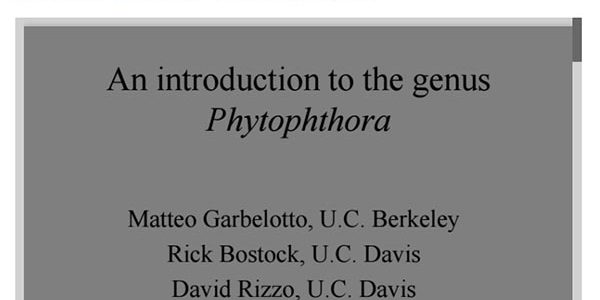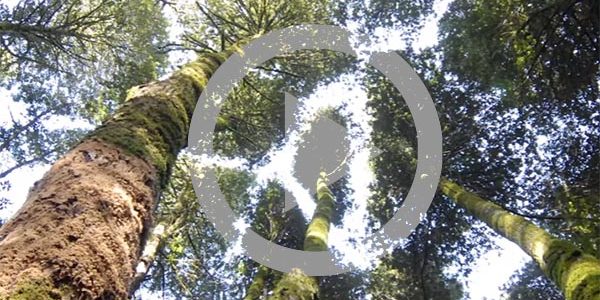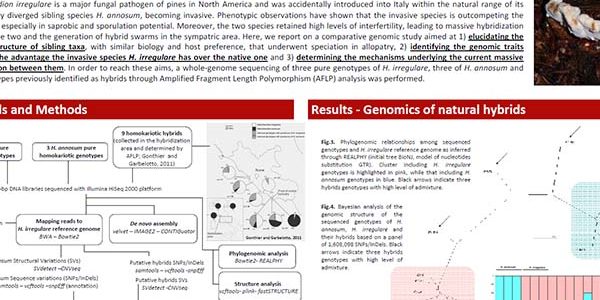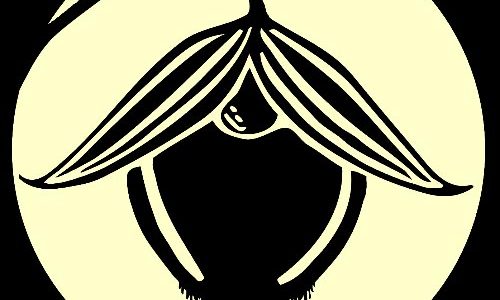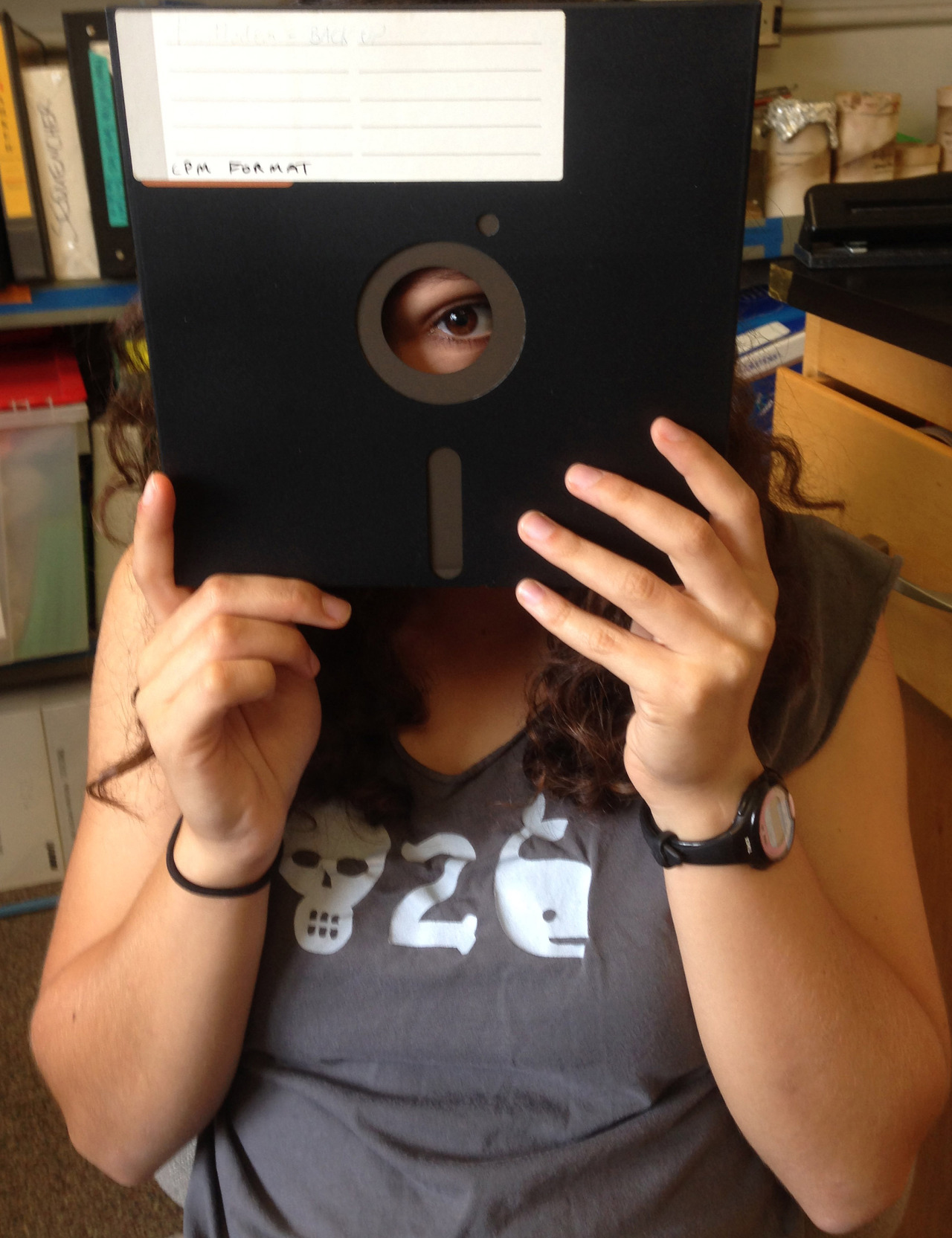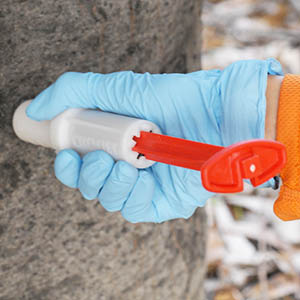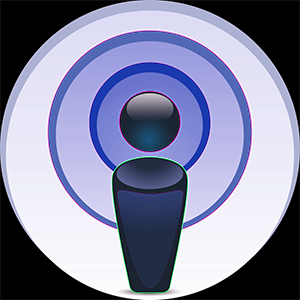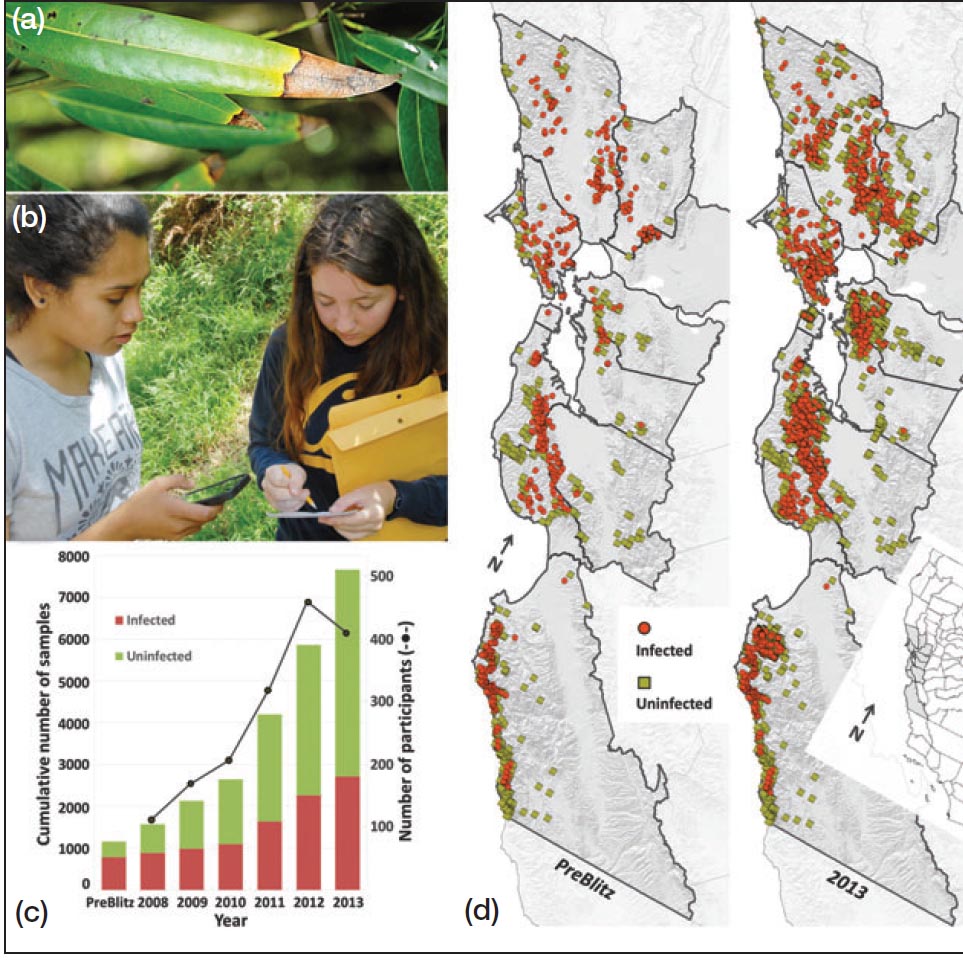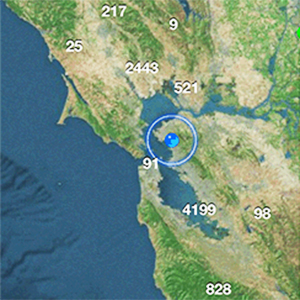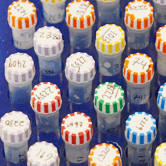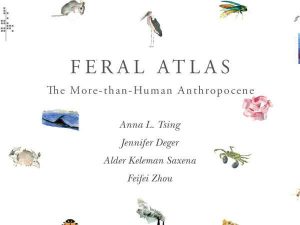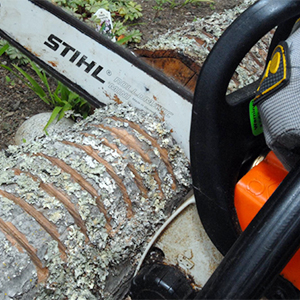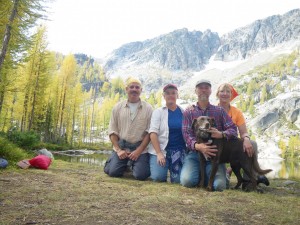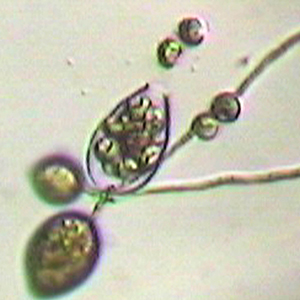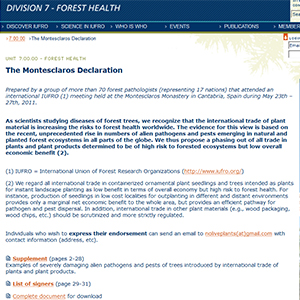Nature Tour Mobile App Project
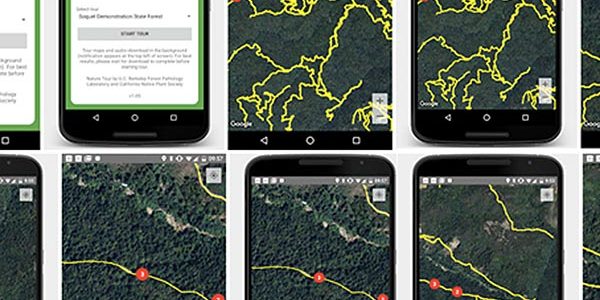
The U.C. Berkeley Forest Pathology Lab has partnered with Calflora and Calfire to generate a guided tour of the Calfire Soquel Sate Demonstration Forest (Santa Cruz County) through the Nature Tour App. The App can be downloaded for free in its test version from Google Play wherever there is good cell reception. It then can be used in the forest to learn about its biodiversity, history, current management, and ongoing research activities through a self guided tour across 18 different stops. Signage with each stop number clearly visible is placed along an educational route through the forest. By tapping the number on the App that matches the number on the sign at each stop, the user will be able to play a pertinent audio description for that site. The audio can be easily interrupted, rewound, and restarted at any time. The language can be switched from English to Spanish, by changing the language in the general settings of your phone.
Example images from Nature Tour Mobile App
Learn more about what you will hear during the Nature Tour of Soquel Demonstration State Forest by clicking here or by going to the Soquel Demonstration State Forest
To download the App
(1) https://play.google.com/apps/testing/org.sodmap.naturetour
(2) https://play.google.com/store/apps/details?id=org.sodmap.naturetour


